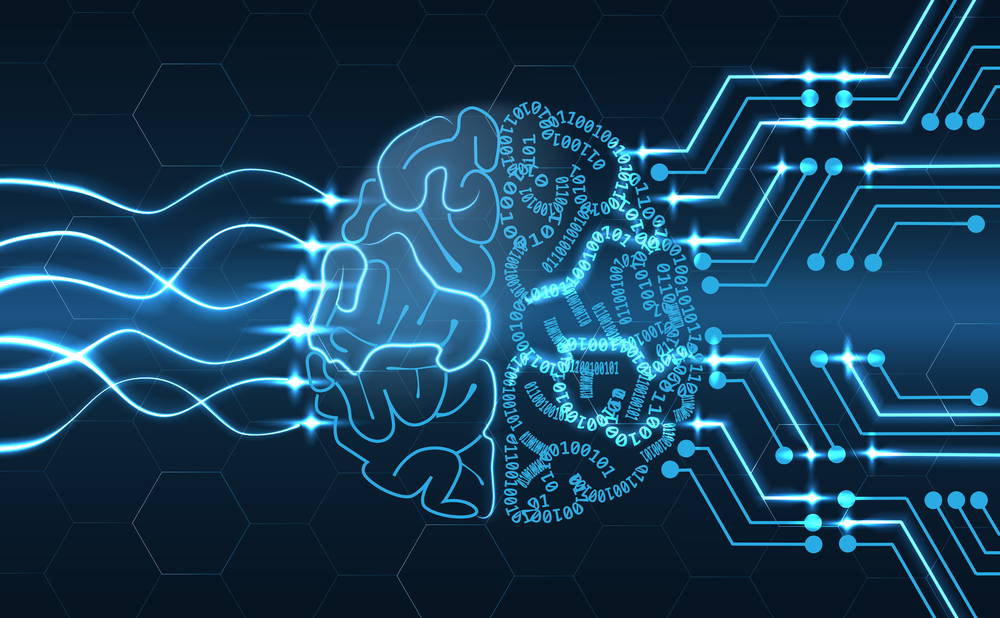Beyond Automation: How AI Orchestration Is Redefining Media Workflows
While many media organizations are still experimenting, the path from assistive AI to truly agentic systems is beginning to take shape

The media and entertainment industry stands at the brink of its most transformative evolution since the advent of digital. As generative AI, intelligent agents, and hyper-personalized content converge, every aspect of the content lifecycle, from creation to delivery, is being reshaped. Over the next five years, workflows will look markedly different, shaped by the growing influence of agentic AI systems.
Content Creation: From Human-Led to Hybrid-Generated
AI is already playing a significant role in creative pipelines, automating repetitive tasks and introducing new creative capabilities.
Automated highlight reels for sports and news are now commonplace, driven by AI models trained on visual cues and metadata. These systems generate content within seconds of live action, playing a critical role in generating social engagement and monetization opportunities. For example, Amazon Prime Video uses real-time AI tagging to compile highlights from English Premier League matches, publishing clips on social platforms within moments of key plays.
We are also seeing synthetic anchors and deepfake-like avatars being piloted in multilingual newsrooms to localize delivery at scale. Korean broadcaster MBN has deployed AI-generated news anchors to present daily bulletins, improving efficiency and reach.
AI is also expanding creative freedom by fabricating ultra-realistic B-roll footage, reducing reliance on traditional stock libraries. In advertising, tools like Runway are powering the generation of hyper-realistic videos, while platforms like Kalshi have demonstrated the viral potential of AI-driven creatives with several campaigns, including an NBA Finals ad. These technologies enable the rapid generation of full ads or trailers using brand guidelines and consumer data, allowing for targeted, creative iterations at scale.
These advances foreshadow a future where AI agents take on a more active creative role, proposing ideas, testing new formats, and adapting multiple content versions in real time to suit audience response.
Content Intelligence: Programming with Purpose
Once seen as a back-office task, programming and enhancement now serve as the nexus between content and monetization.
The professional video industry's #1 source for news, trends and product and tech information. Sign up below.
AI tools that generate rich metadata, including emotion tagging, facial recognition, and scene classification, dramatically improve searchability and discoverability. Translation and voice cloning tech make it possible to produce multi-language versions of content almost instantly, unlocking global distribution opportunities. Disney has been testing multilingual AI narration for regional Disney+ content, making dubbed versions available faster than traditional workflows allow.
Even programming itself is becoming AI-assisted. Peacock uses AI recommendation engines not only to suggest content but to shape scheduling and on-platform promotions. Linear and FAST channels increasingly rely on these data-driven models to optimize engagement and retention.
The result is an emerging decision-support layer where AI augments licensing, curation, and audience development decisions.
Content Production: Dynamic and Automated
Content production, particularly for live and near-live workflows, is undergoing a quiet revolution. AI can now synthesize localized promo environments, render hyper-targeted explainers, and dynamically generate contextual graphics. Voice cloning tools enable multilingual delivery from a single master script, modulating tone and emotion to suit each market.
These innovations culminate in AI-generated news or sports bulletins that can be auto-assembled from metadata, pre-tagged highlights, and templated narratives, making “live-to-tape” practically instantaneous. Looking ahead, we can expect intelligent agents to function like virtual producers, co-ordinating assets, triggering cues, and adapting layouts on the fly.
Content Storage & Delivery: Where AI Drives Measurable ROI
If AI’s creative applications generate headlines, its impact on storage and delivery is where the most immediate and measurable returns are being realized. AI models now inform caching strategies, using historical and predictive data to prefetch high-demand content to edge servers, dramatically reducing latency during peak demand. Netflix, for instance, uses machine learning to pre-position popular content on its Open Connect Appliance (OCA) CDN nodes, reducing load times and buffering.
Companies must reimagine infrastructure as modular, interoperable, and AI-native.
Encoding optimization is another major frontier. Cutting-edge AI-based encoding technology is able to achieve unparalleled visual video quality while delivering a remarkable 30% or better reduction in bandwidth usage for streamed HEVC-encoded video content - or provide a significant improvement in picture quality at the same bitrate. Efficiencies are maximized by performing real-time analysis of incoming video streams, dynamically adjusting encoding settings, and optimizing codec performance to ensure optimal results.
AI-based pre-processing provides the opportunity to deliver an additional 20-40% improvement in bandwidth efficiency, depending on the source content. These same savings can be realized for file-based as well as live content, creating similar savings opportunities in storage spend. For mobile-heavy markets and latency-sensitive applications, such as sports betting or live polls, this edge-aware distribution is mission-critical.
Perhaps most revolutionary is AI-driven edge personalization. YouTube’s ad engine dynamically tailors preroll content based on viewer location, behavior, and preferences, a practice that is now expanding to overlays and stream packaging.
In an industry where delivery costs are measured down to the cent, these AI capabilities offer a clear business case for investment. By reducing operational friction and scaling personalization, AI is transforming the economics behind modern experiences.
The Overarching Layer: AI Orchestration
Applying AI in silos undoubtedly limits its full potential. True transformation comes from orchestration: intelligent systems that operate across the full pipeline, constantly assessing and acting on data to optimize end-to-end operations.
These agents evaluate tradeoffs like:
- Asset value vs. processing cost
- Audience segmentation vs. delivery overhead
- Time-to-air vs. compute resources
- Distribution priority by platform, geography, or audience segment
By monitoring asset performance across the content lifecycle, these orchestration agents can suggest where to automate, where to accelerate, and where to save, shifting AI’s role from task execution to strategic decision-making.
Such systems are being deployed not just by the largest streamers but also by agile broadcasters and telcos seeking to optimize performance without ballooning operational complexity.
Preparing for the Agentic Era
While many media organizations are still experimenting, the path from assistive AI to truly agentic systems is beginning to take shape, with intelligent agents poised to take on goal-setting, adaptation, and execution across complex workflows. To support this change, organizations must build for architectural agility, not just technical capability.
Companies must reimagine infrastructure as modular, interoperable, and AI-native. Data must be liberated from silos. Governance models must be established to ensure AI operates transparently and ethically. And above all, experimentation must be embraced through sandboxed pilots that allow teams to test, fail, and iterate without disrupting live operations.
Success in an audience-first world depends on building around AI. It’s not a feature to bolt on. Although measurable impact has often emerged first in content delivery, the more complex challenges lie in content production. Media organizations that invest thoughtfully across both domains will be better prepared to adapt and lead. The key is to act with focus and to ignore the hype.

With over 20 years of executive experience in the media and telecoms space including TandbergTV, Ericsson, and Mediakind, Narayanan Rajan has led transformation and integration initiatives in engineering and operations roles across multiple organizations. As CEO of Media Excel, he now leads an organization developing cutting-edge technology for encoding and transcoding, including AI-based enhancements to improve encoding performance.
